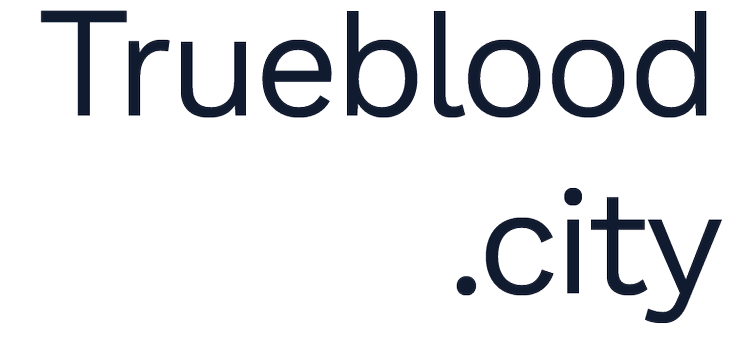Kicking off with Kairos
In an effort to try and connect ideas and themes across my various roles and projects, I’m starting this newsletter. I want to kick the endeavor off with a key theme that came to mind while working on a presentation for the National Capital Planning Commission’s centennial. We were charged with discussing a planning document from their newly-created, and very fun (for us history nerds) online library. I chose the 1955 Comp Plan for Washington, D.C. As I prepared my thoughts, I came to realize that it was created at a time of significant change in the U.S. The country was undergoing major changes in demographics, socioeconomics, transportation, economics, geo-political power, and other areas. This was a time when small, strategic changes had big impacts on the future.
The Greek words for time, chronos and kairos, came to mind. Chronos refers to linear time as we have on our watches (or chronographs) that can be told on a linear timeline (chronologies). Kairos recognizes that while seconds move at the same speed, they don’t all have the same weight and there are some moments of opportunity for larger change. I think the mid-20th century was a kairos moment for cities in the U.S.
I see similar parallels today, which was put in perspective given that I was working on DC’s Downtown Action Plan. I saw many parallels between that time and now. Our demographics continue to shift, with Baby Boomers aging out of rather than into economic power. We are recovering from a massive social upheaval through COVID-19, climate change, and the racial justice movement. There have been significant domestic and international political shifts and realignments, to say the least. And technology is moving at a speed faster than society can grapple with (disclaimer: Gemini helped edit this post).
These shifts are made visible and tangible in our cities. Central business districts are no longer serving their mid-20th century mandate of jobs centers fed by workers who hail from outside. With COVID-19, the bond between where we work, where we live, and how much we need to travel broke. It has not rebounded with significant long-term implications given that a large portion of workers aren’t forced to be in business districts for 40 hours a week.
What should these places do? How does this bode for large cities, which have been the primary driver of U.S. economic growth and inequality? And across the country, how do these changes ripple through suburbs, which were the mid-20th century driver of housing, but have been facing challenges since at least the last recession, resulting in a growing housing crisis? This is a moment of massive and generational change and these are critically important questions.
I have thoughts on all of these and am fortunate to be able to work on many them at my day job, so look forward to sharing more. I hope you’ll stick around! And feedback is always welcome: feedback@trueblood.city.
Trueblood.City News
I’m excited to share that I am working with two amazing Graduate Policy Analysts: Web Farabow from MIT helping with transportation research and Carolyn Bowen from Georgetown supporting downtown work in DC! I may be looking for additional support in the coming months, so I will be sure to share here if and when that happens.
Some Links
Egon Terplan on Oakland’s new downtown plan
Ottawa’s new downtown plan via Mary Rowe
Jenny Schuetz’s new paper “How will US households adjust their housing behaviors in response to climate change?”
Bruce Katz and Julie Wagner on “The Next Wave of Innovation Districts”
Joseph Parilla, Glencora Haskins, and Mark Muro on “Seizing the moment for place-based economic policy”








